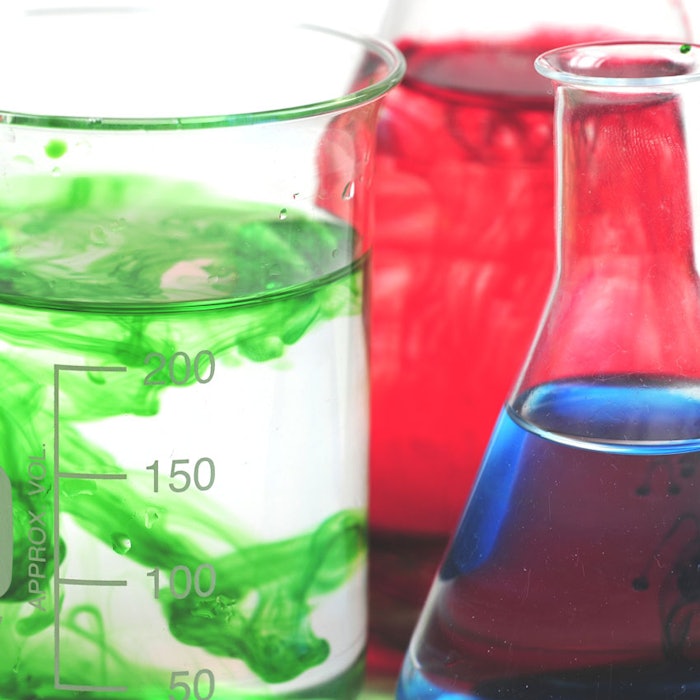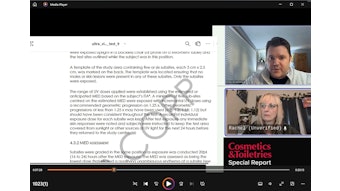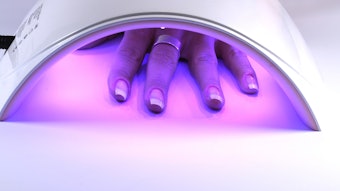
Editor’s note: This article is the ninth in a series covering the EU requirements for cosmetic products; see the previous: Part I (European Regulations), Part II (Responsible Person), Part III (PIF compliance), Part IV (Cosmetic Product Safety Report), Part V (data mandate), Part VI (risk assessment), Part VII (sensitization test) and Part VIII (preservatives).
Cosmetics Regulation (EC) No. 1223/2009 is the main regulatory framework for finished products placed on the European Union (EU) cosmetics market (see Part I in this series).1 To ensure cosmetic products are safe for human health, the regulation requires a cosmetic product safety report (CPSR) to be created (see Part IV). The regulation further lists the data to be provided in the CPSR report, which includes information from stability studies (Annex I, section 2).
This installment of our EU regulatory series is focused on the stability testing requirements, for which guidance documents are available.2, 3 The goal is to ensure cosmetic products meets the intended physical, chemical and microbiological quality standards as well as functionality and aesthetics when stored under appropriate conditions.4
Minimum Durability and Period After Opening
The EU regulation defines the date of minimum durability (DMD) or shelf life of an unopened product as “the date until which the cosmetic product, stored under appropriate conditions, will continue to fulfill its initial function and, in particular, will remain in conformity with Article 3 (Safety).” The container and packaging of cosmetic products must indicate a DMD if its duration is less than or equal to 30 months.
Otherwise, an “indication of the DMD shall not be mandatory for cosmetic products with a minimum durability of more than 30 months. For such products, there shall be an indication of the period of time after opening (PAO) for which the product is safe and can be used without any harm to the consumer,” (Article 19.1.c.). For some products, however, the PAO is not relevant. These include: single-use products, products with low microbiological risk, aerosol dispensers, etc.
Stability Studies
Due to the wide variety of cosmetic forms, there is no standard overall protocol for stability testing. The study design must be determined after considering the normal foreseeable conditions of storage and use for the product. In most cases, no real-time history is kept on products stored under actual conditions for months or years. Instead, accelerated stability studies are performed under specific temperature, hygrometry, light and duration conditions, which provides a good prediction for the long-term stability of shelf-life, safety and efficacy.
DMD study on unopened products: To confirm if a DMD is at least 30 months, a six- month accelerated study is necessary. During that period, at regular intervals, product samples are evaluated for criteria such as color, odor, appearance, pH, viscosity, density, weight and microbiology.
PAO study on opened products: The PAO can be evaluated theoretically on the basis of the same product parameters used for the microbial risk assessment; i.e., composition, packaging, target population, application area, frequency of use, special storage conditions, etc. (see Part VIII). For an experimental evaluation, the same criteria as for DMD are evaluated but performed after simulating the real use of the product over a period of three months (unless otherwise specified by the manufacturer).
Before initiating the stability study, the results of the microbial challenge test should be good. A challenge test also should be performed at the end of the stability study to verify that the preservative system is still effective.
Study Sequence and Timing
The study execution follows a logical decision tree, as follows (see Figure 1):
Step 1. Preservation challenge test (CT). Pass? Move on to step 2.
Step 2a. DMD study result > 30 months. Move on to steps 3 and 4.
Step 2b. DMD study result ≤ 30 months. Apply an expiration date for the product, then move on to step 4.
Step 3. PAO study and application of a PAO time
Step 4. Preservation challenge test to verify the preservation system is effective throughout the DMD.
It is important to include the timing necessary for these studies in the product marketing plan. As a general estimate: CT (28 days) + DMD (6 months) + PAO (up to 3 months) + CT (28 days) = roughly 11 months in total.
Stability Results and Labeling
For cosmetics with a DMD > 30 months, a DMD is not required; however a PAO is required. The symbol is an open cream jar (see Annex VII), accompanied by a numeric value indicating a period of time. For cosmetics with a DMD ≤ 30 months, a DMD is required and preceded with the statement: Best used before the end of, or by the hourglass symbol (Annex VII); in this case, a PAO is not required.
Stability studies are an important component of the CPSR and should be performed as soon as possible once the formulation is considered finalized. Indeed, if there are any issues, it is better to know rapidly in case reformulation is necessary. It is also important to take into account the time necessary to perform the studies and receive the results for the safety assessment, so as not to delay the marketing of the product.










